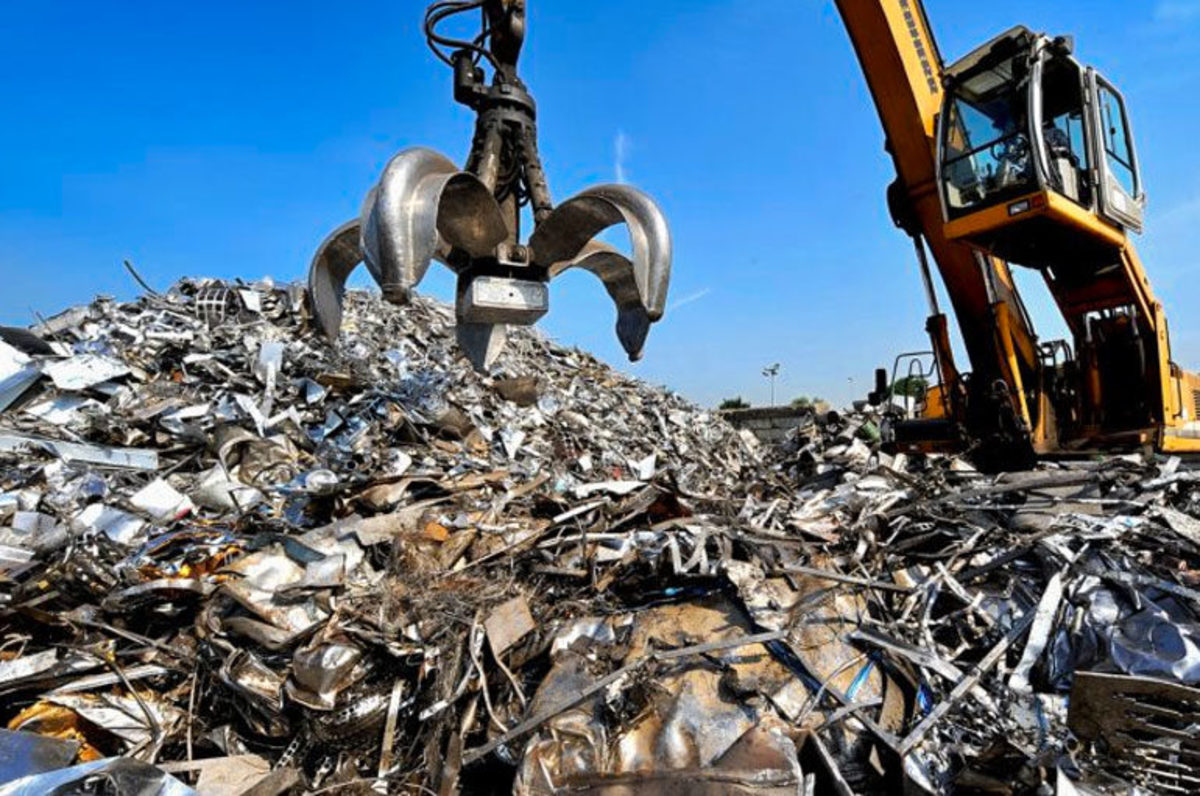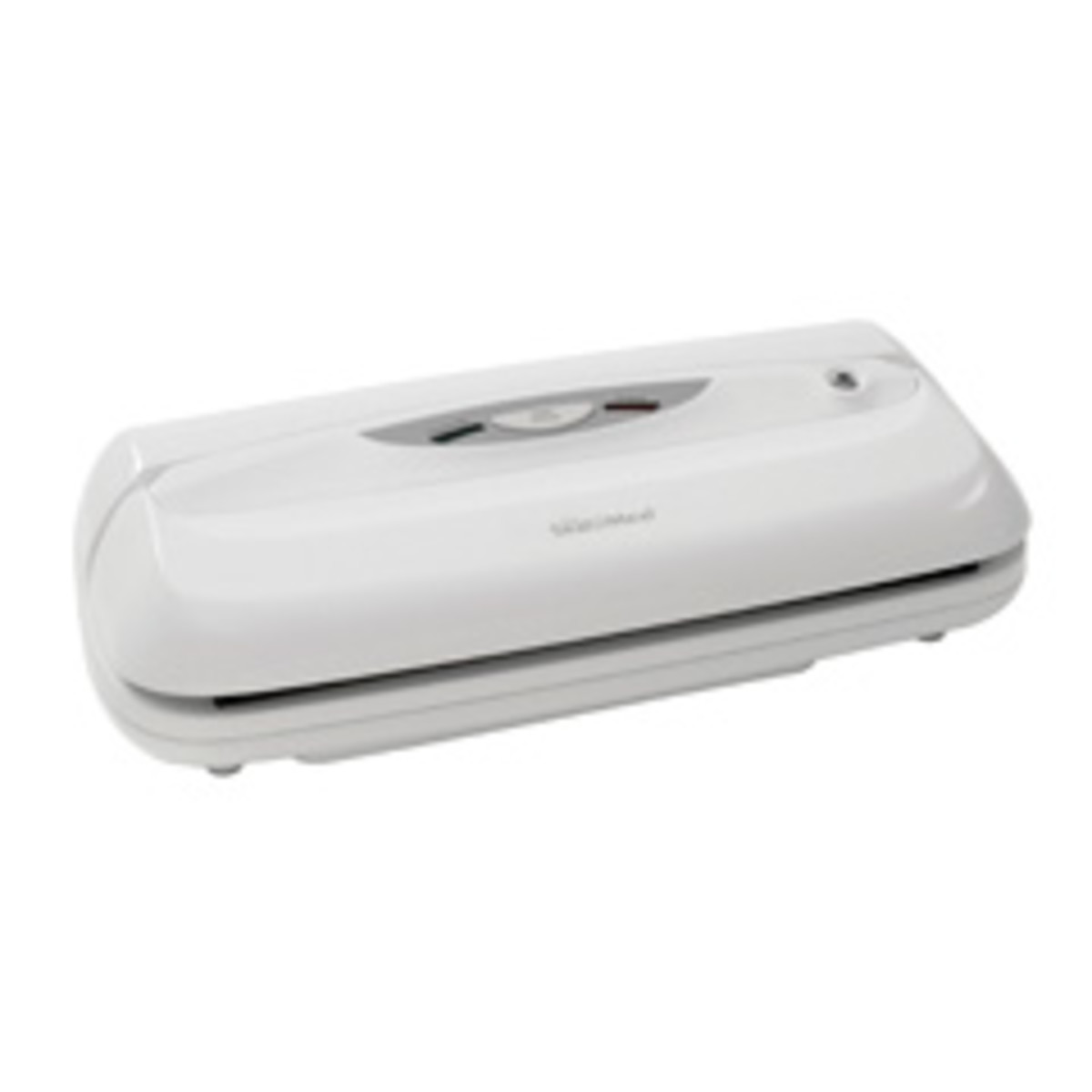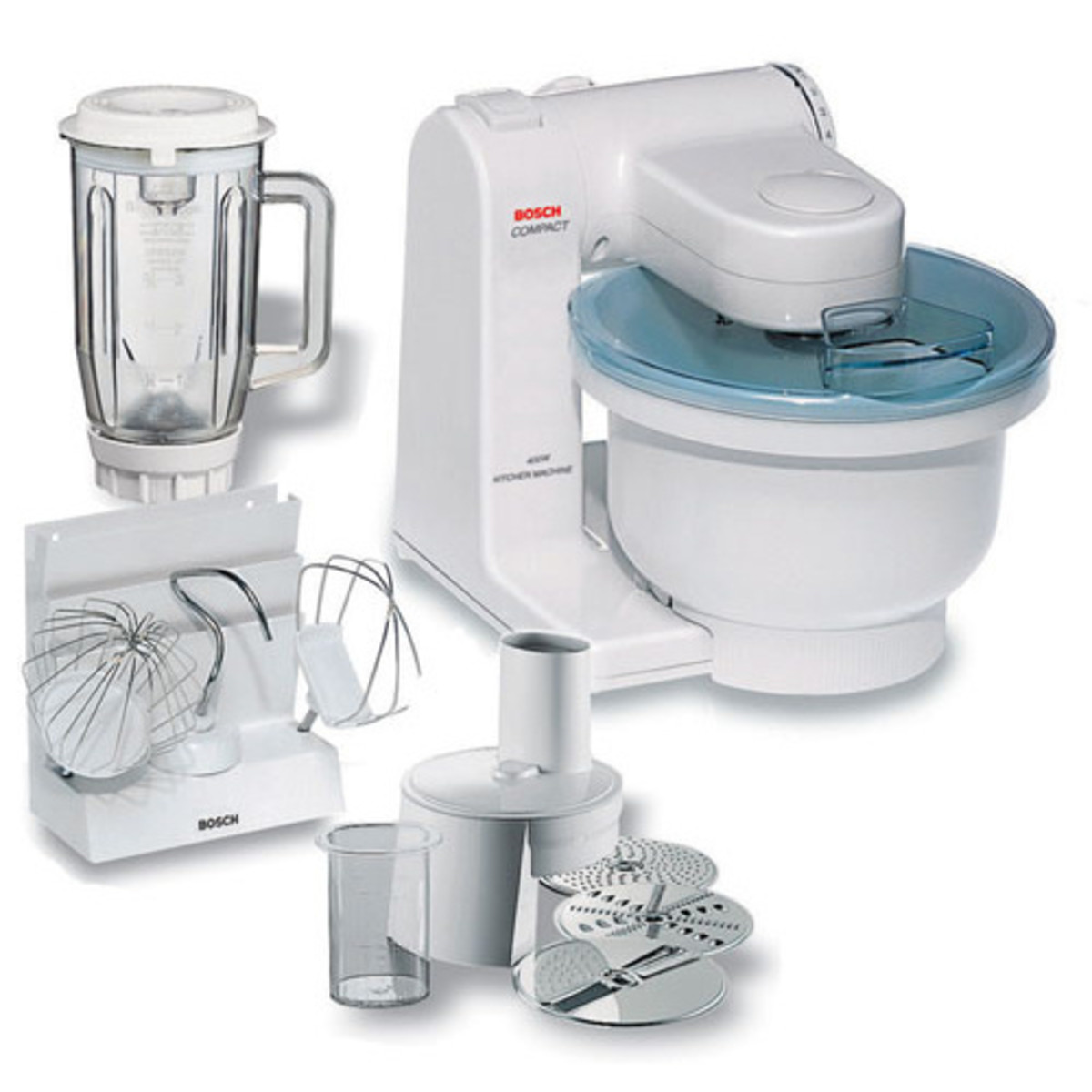- HubPages»
- Home and Garden»
- Home Appliances»
- Kitchen Appliances
Icebox to Refrigerator

Icebox to Refrigerator
Volume 3, Issue 11, August 26, 2013
During the 1700’s the America’s had been invaded, slave ships covered the coastal seas and rivers, and the invading armies who were conquering and taking more slaves were being caught, bought, and sold by the English Colonists, British Colonists, and the French invaders like “Napoleon.” The food of the era was hunted; wild buffalo abounded and was stored and eaten on the run because there was so much movement and migration during this colonial era. Moving about from above and over the mountains to the lower plains below was a question of existence and not being captive to the invaders that were patrolling and capturing slaves to take back to their foreign lands, mountaineers were the land dwellers and original peoples of their respective origin were trying to stay ahead of the invading countries armies. Those who moved about were the mountaineers who lived, climbed, and trekked on the mountain sides where the mountain ranges where covered in compacted snow and the temperatures were below freezing. Lugging, carrying, and walking about and in and out in the chilling winter weather; to the icehouses was a burdensome and general task that mountaineers engaged in everyday to stash and stuff there catches of foods and animals into a cool place or environment where they’re hard earned efforts would not spoil and last throughout the winter season. It was the first refrigerator or ice chest to store the wild game they caught while on the run from invading armies. The refrigerator has its origins in Icehouses where people would store there food, goods, and drink in icehouses to keep them cold and fresh for a winter season. These icehouses provided cold storage for the winter season until the summer and spring seasons changed and it was a natural means for refrigeration of food. Although this cooling process was an all-natural way for mountaineers to keep their food cold it was not an ideal way for those who were more inland or next to the seas because it would attract the attention of the invading armies coming into rivers and seaports.
Seeing that cooling and keeping your food fresh for seasons was a necessity at the time and during this stressful environment of migration to evade invaders. The inventor, who invented the first refrigerator without actually using it, was in 1748 by William Cullen at the University of Glasgow but, it was not until 1834 when a Jacob Perkins modified a design by Oliver Evans that the refrigerator became the first refrigeration unit in 1834. It evolved in design and in the way it engaged recycling vapor and engaging ammonia to maintain the ice-machines cool temperatures. It continued to evolve and change with the use of Oxygen and Nitrogen and the distillation processes. From metals to wood designs and back to metals were they enabled the refrigerator to capture the conversion of a self-contained unit that refrigerated and kept food items cool in a box. Different designs and integrated chemical systems were used to produce the most efficient and less toxic refrigeration unit to date. This product was produced by every different country in the world and its price, design, and detail was different for each one however, the concept remained consistent with the thought of having a refrigeration unit that was self-contained to cool and maintain freshness of foods.
Designs improved along the way with additions to the refrigeration unit to have a freezer attached for chilled and frozen items in separate compartments. Designs included thermal controls and defrost systems in addition to the circulation of air in the units. It became more and more efficient and stylish as the years passed by the time the 1950’s rolled out its refrigeration appliances with vivid colors and style to suit the most discriminating designer. Then in 1956 the world was changing not only in its environment but intellectually, and becoming more educated and concerned in the processes of sustainability, recycling, and carbon emission effects on the ozone layer, this is when congress enacted laws that held people responsible for the waste and recycling use of refrigeration units to relieve the over-burdened waste dumps. Energy efficiency was still at the top of the list but it became a very profound issue to both consumers and the manufacturers of the refrigeration units that we enjoy today.
The refrigeration and freezer unit further evolved when consumers voiced their concerns of having to carry a hammer to hammer out the ice in the freezing part of the icebox. It was a time-consuming event of 2 to 3 hours that had heavy labored women and men in the household putting hot scalding water into the freezer to steam out, loosen, and melt ice from the freezer part of the refrigerator. That is when they invented frost-proof refrigerators.




